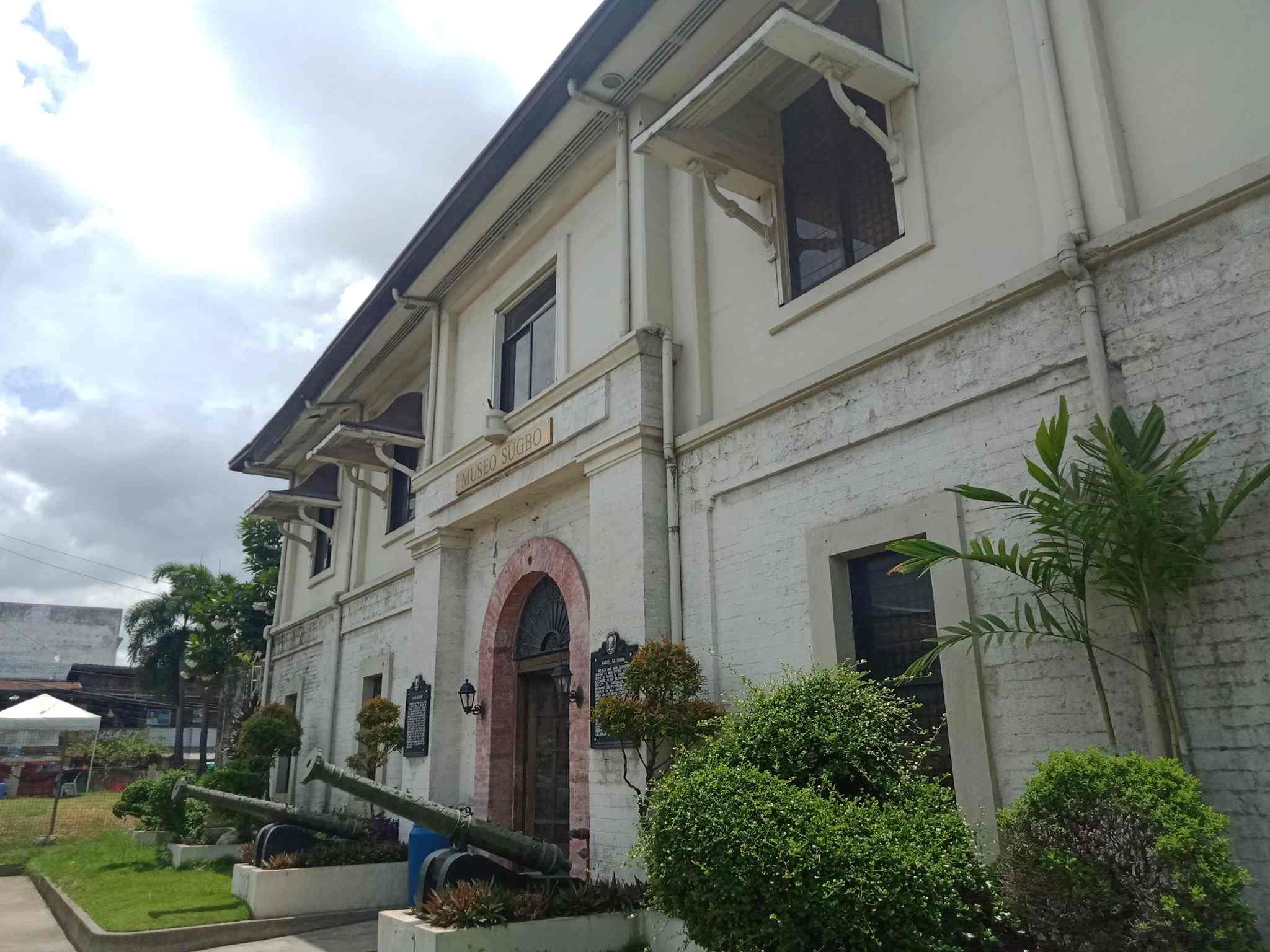LIST: Haunted, historical sites in PH and how they've changed
Did you know that some destinations and restaurants of today were previously hotspots for restless spirits?
A few of these spots are now livelier while others are even being turned into museums, but if those walls could talk, they could tell long stories from their haunting histories.
Below are some places in the Philippines infamously known for being sites of tragedy and paranormal activities that have since been converted into places that are far from being grim and spooky.
Laperal White House to Joseph’s

Built in the 1920s out of narra and yakal wood, the Laperal White House in Baguio City served as a vacation home for a certain Roberto Laperal and his wife Victoria. The house eventually fell into the hands of billionaire tycoon Lucio Tan, who purchased the property in 2007.
Caretakers of the property alleged that they have had frequent sightings of Victoria’s ghost lingering inside the residence. Passersby also claimed to have seen a white figure staring at them from one of the windows.
Such tales have led the Laperal White House to become a popular haunted location.
It has since undergone renovation to become an upscale dining establishment called Joseph's which opened in 2022. The menu consists of contemporary French cuisine crafted by a French chef who has spent a decade at a Michelin-star restaurant.
Clark Airbase Hospital to National Museum
Hospitals can be considered one of the most haunted places, so it's no surprise that the Clark Airbase Hospital is believed by many to be an area overwhelmed by otherworldly presences.
During its prime, the hospital treated soldiers during World War II and the Vietnam War. Due to the number of soldiers who succumbed to their injuries, the locals believe that it is haunted.
It doesn’t help that the place is now completely abandoned inside the Clark Freeport Zone, with its interiors having been ruined by time and weather, except for the reported mysterious voices, whispers, and screams that were often heard by those who were brave enough to step foot in the property.
The hospital will soon see a new look as it is eyed to be the site of a new world-class museum facility that will exhibit the heritage of Central Luzon. It will also feature natural history, anthropology, and archaeology.
Ozone Disco to GoodAh!!!
Ozone Disco, Quezon City
— ◤???? ?????◥ (fake) (@angelan49555542) October 2, 2020
The Ozone fire tragedy is one of the saddest accident that happened in philippine history. The fire that ravaged the disco bar burnt over hundreds of bodies into ashes, most of them graduating ollege students.
++ pic.twitter.com/bWYsum19mV
The tragedy that transpired on the night of March 18, 1996 at the popular hangout spot Ozone Disco is something that won’t be forgotten by Filipinos anytime soon.
At least 162 people were burned to death in what is officially acknowledged as the worst fire in Philippine history.
The blaze occurred just before midnight, but the victims could not escape as the Quezon City nightclub’s emergency exit was reportedly blocked by a new building next door and no proper fire exit was installed.
The once popular club for students and young professionals in the mid-'90s stood in its burnt state for 19 years until it was finally demolished in March 2015 to make way for a branch of the rice porridge chain GoodAh!!!
Cebu Provincial Detention and Rehabilitation Center to Museo Sugbo

The Cebu Provincial Detention and Rehabilitation Center is a jail facility that was once known for its rehabilitation program where inmates participated in choreographed exercise routines. However, beneath its seemingly inspiring story lies claims that it hosts a sinister presence.
According to VICE News, when the facility first opened, there were about 17 deaths in the first three months. The inmates also claimed that the place was haunted, believing that communist guerrillas used the site it’s built on as a mass grave during the 1980s.
Things escalated when a white lady was caught by surveillance cameras entering the prison in the middle of the night. Because of these, a Catholic priest was requested to perform an exorcism to drive out the “evil spirits,” after which the deaths suddenly stopped.
Eventually, the inmates were moved to a bigger and more modern area, and the prison structure was transformed into a museum called Museo Sugbo, which displays the political history of the Philippines.
Diplomat Hotel to Heritage Hill and Nature Park

The Diplomat Hotel in Baguio City was once a quaint place where people could escape the hustle and bustle of their daily lives, but after its biggest stockholder Antonio Agapito "Tony" Agpaoa died from a heart attack coupled with brain hemorrhage, the hotel ceased operations and was abandoned.
But prior to this incident, the structure already has a bleak history tied to it. Before being a hotel, it was a vacation house for American friars that turned into a place of refuge for people fleeing from the Japanese during World War I.
While Japanese forces invaded the property–turning it into their headquarters and committing terrible acts of brutality on its inhabitants–they committed suicide after American forces began bombing the structure during the liberation of the Philippines.
The hotel has since been regarded as one of the most haunted ruins in the country, with tales of headless apparitions at night and disturbing screams spreading among residents of Baguio City.
Despite this, the local government recognized the property as a significant tourist site and renamed it the Dominican Heritage Hill and Nature Park. The hotel is now a favorite spot for photography, filmmaking, wedding receptions, and more.



